Wondering if a Pitsky—the high-spirited mix of a Pitbull and a Husky—might be the right dog for you? In this guide, you’ll learn about the vibrant energy, playful nature, and exercise needs of a Pitsky, along with key insights into their health and lifestyle compatibility for prospective owners. If you seek an affectionate, loyal friend demanding of time and activity, read on to discover if a Pitsky could seamlessly fit into your life.
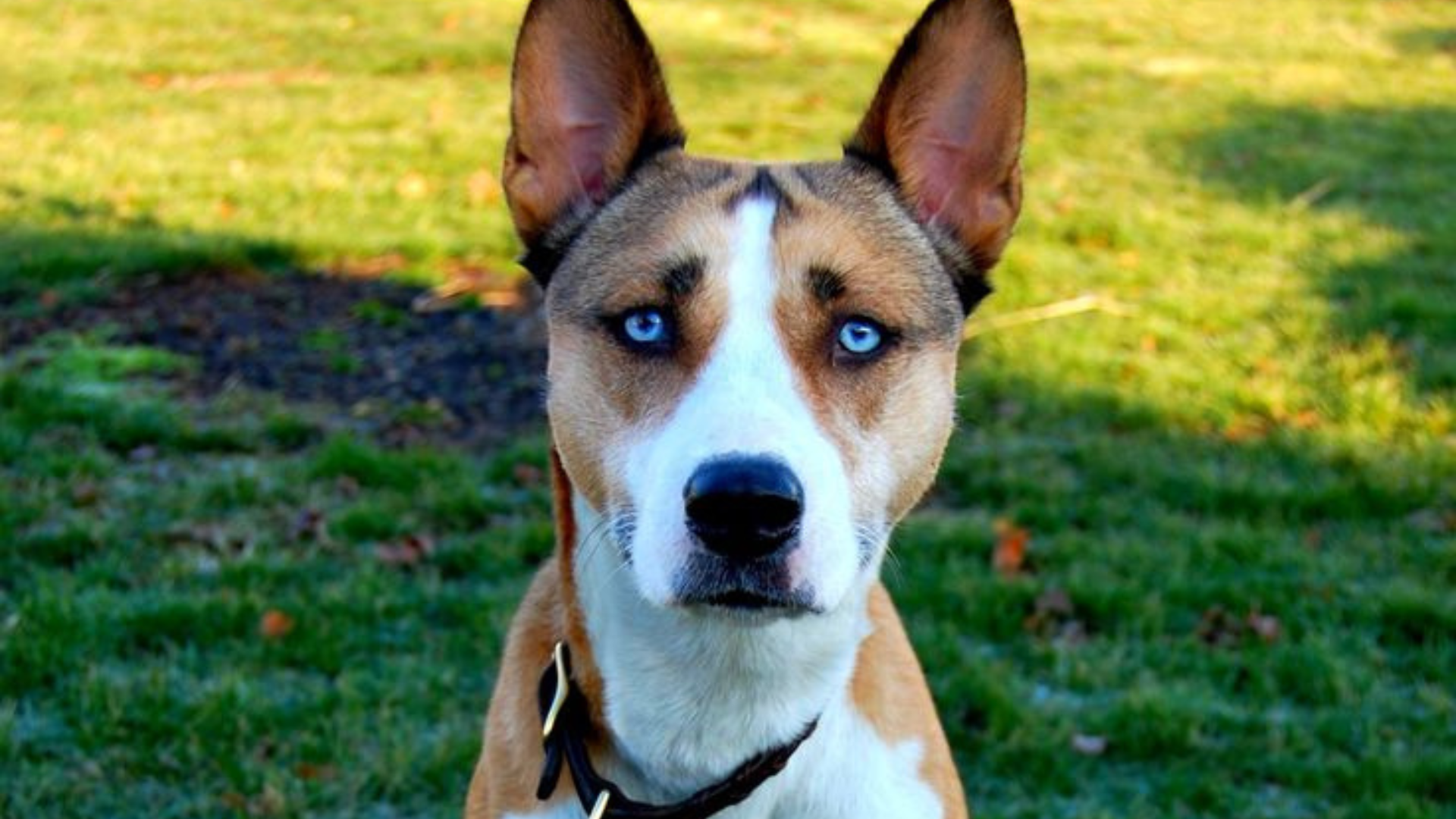
Key Takeaways
- Pitskies are friendly, energetic, and thrive on exercise, but can be quite stubborn - they’re healthier than purebreds, often live 12-15 years, but watch out for hip dysplasia and other inherited conditions.
- Regular vet check-ups, a high-quality diet, and lots of exercise and mental stimulation are key to a healthy, happy Pitsky. They need well-planned introductions to other pets due to a high prey drive.
- Pitskies require owners who are active, experienced in dog training, and can provide consistent routines. They can suffer from separation anxiety, so creating a comforting environment is essential.
Pitsky 101: Understanding the Hybrid Vigor
The Pitsky, also known as a pitbull husky mix, is a delightful mixed breed dog, resulting from the combination of the American Pitbull Terrier and a Siberian or Alaskan Husky, as its name implies. This unique blend combines the best traits of both breeds. This hybrid dog breed is recognized for its:
- Friendly and playful disposition
- Playfulness
- Affectionate nature
- Love for exercise
However, they can also exhibit a stubborn streak.
Their loyalty and affectionate nature make them ideal companions, especially for active individuals or families. These dogs are full of energy and are characterized by high energy levels. This high energy, coupled with their friendly disposition, makes them a joy to have around.
But it’s not all play and no work with these dogs. Thanks to the hybrid vigor, a phenomenon where mixed breeds are often healthier than purebreds, Pitskies are known to be quite healthy. They have an average lifespan of between 12 and 15 years, which is relatively long in the dog world. However, like any breed, they are not immune to health issues. Some common health issues that Pitskies may experience include:
- Hip dysplasia
- Allergies
- Eye problems
- Heart conditions
- Skin infections
We will discuss these health issues in more detail later.
The Heritage of the Pitsky Breed
Gaining insights into the Pitsky’s heritage is key to understanding the breed better. The Siberian Husky was developed by the Chukchi people in Eastern Siberia for sled-pulling and companionship. On the other hand, Old English Bulldogs, which later evolved into the American Pitbull Terrier, were bred for bull and bear baiting. Both these breeds have a rich history that contributes to the Pitsky’s unique characteristics.
Throughout history, the roles served by the Siberian Husky and American Pitbull Terrier have varied. Huskies were imported to Alaska in 1909, where they became renowned for their sledding capabilities. In contrast, Pitbull Terriers accompanied immigrants to America, where they served as versatile farm dogs, hunters, and guardians. Both breeds have a history of hard work, adaptability, and resilience.
The American Pitbull Terrier was officially named by the United Kennel Club (UKC) in 1898, and the Siberian Husky was recognized by the American Kennel Club (AKC) in 1930. The Pitsky breed, a mix between an American Pitbull Terrier and a Siberian or Alaskan Husky, intentionally emerged in the 1990s. Since their deliberate crossbreeding, Pitskies have gained popularity as designer dog breeds due to their unique combination of qualities from both huskies and pitbulls.
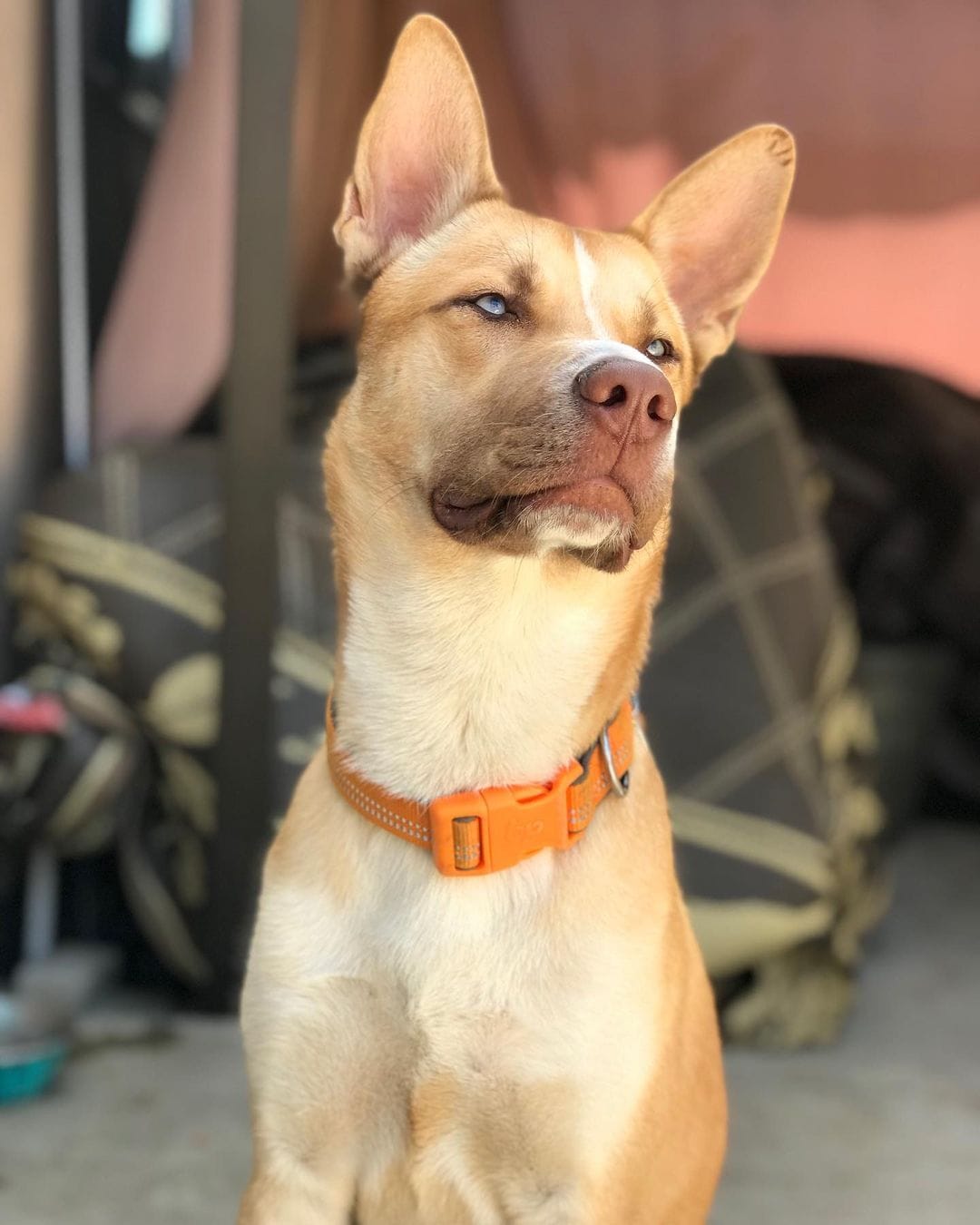
Physical Attributes and Size Variations
One of the exciting aspects of the Pitsky is their physical attributes. A full-grown Pitsky can weigh between 30 to 80 pounds and stand from 16 to 25 inches tall. But predicting their exact size and appearance based on their puppy characteristics can be quite challenging, thanks to their mixed breed heritage.
Pitskies are available in a spectrum of coat colors, including:
- Black
- Brown
- White
- Gray
- Brindle
- Combinations like white with brown and black with white
This variety in size and colors adds to the Pitsky’s charm, making each one unique in their own right.
Health and Wellness of Your Pitsky
Similar to other breeds, Pitskies may encounter some health problems. They may inherit health issues from both parent breeds, including:
- Hip dysplasia, which results in improperly formed hips that affect mobility and can cause significant pain
- Allergies
- Eye conditions
- Hypothyroidism, characterized by low thyroid hormone levels, which can lead to a slowdown in metabolism, fatigue, weight gain, and decreased activity
- Heart problems
It’s important to be aware of these potential health issues and to provide proper care and regular veterinary check-ups for your Pitsky.
Despite these potential health issues, don’t fret! Regular visits to a veterinarian can aid in monitoring and managing these health issues. Maintaining the health of your Pitsky necessitates regular check-ups.
In the following subsections, we will delve more into the preventative measures for a healthy life and the nutrition needs for active dogs like Pitskies.
Preventative Measures for a Healthy Life
Prior to bringing a Pitsky puppy home, it is important to verify that they have started their vaccinations and have been nourished with nutrient-rich puppy food. This is a crucial first step in ensuring a healthy life for your Pitsky.
A healthy life for a Pitsky doesn’t stop at puppyhood. Continued regular veterinary care is vital for maintaining health and preventing diseases. To prevent aggression, behavioral issues, and reproductive cancers, Pitskies should be neutered or spayed. And of course, high-quality nutrition and plenty of exercise are key measures to prevent health conditions in Pitskies.
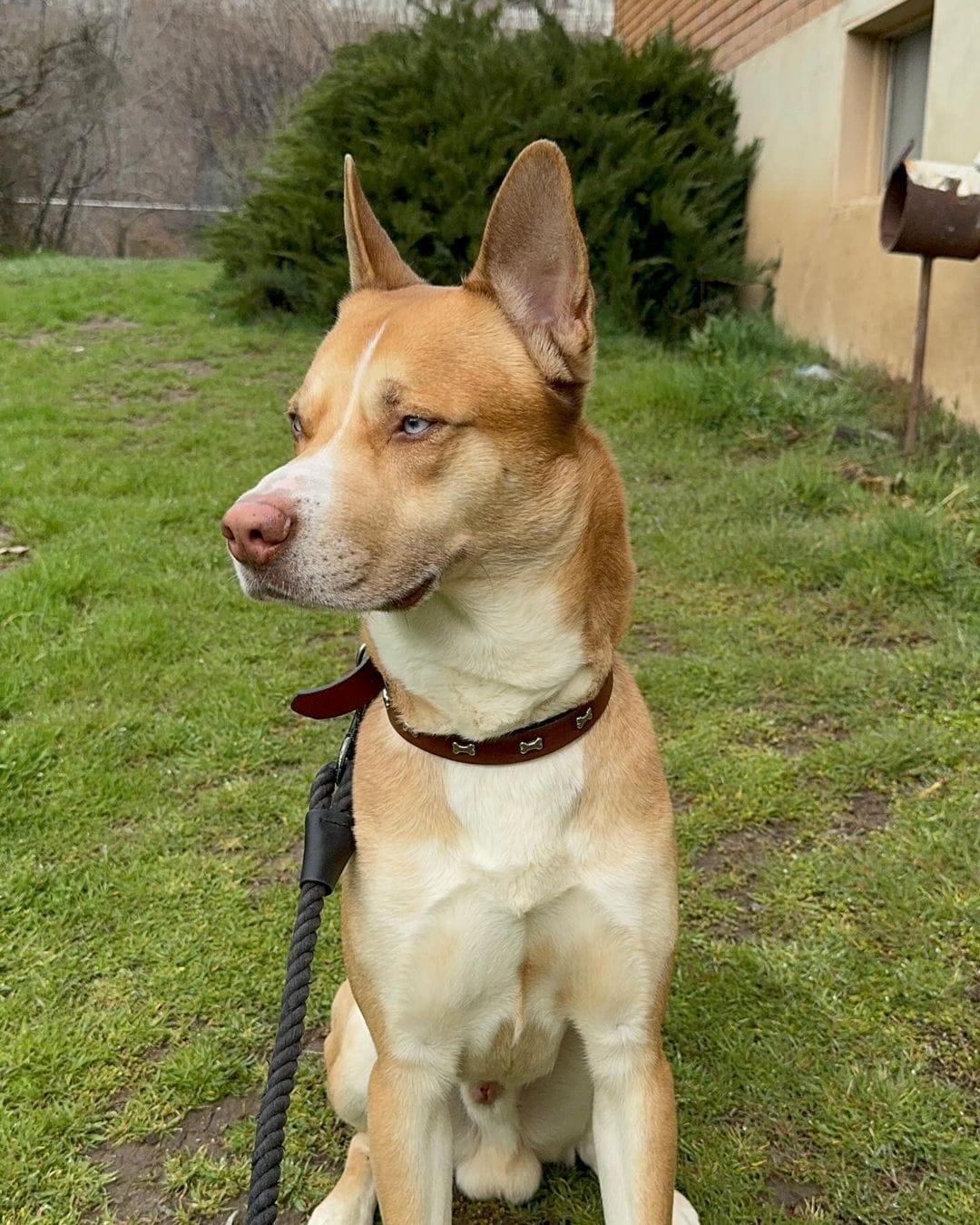
Nutrition Needs for Active Dogs
When it comes to nutrition, Pitskies have specific needs. Recommended dog food brands for Pitskies include Rachael Ray Nutrish Super Premium Dry Dog Food and Purina Pro Plan Sport, Energy & Vitality Support High Protein 30/20 Salmon Dry Dog Food. Both of these options cater to the Pitsky’s need for a high-quality diet.
Pitskies should be fed high-quality food that lists animal protein as the first ingredient, preferably grain-free formulas that include vegetables and fruits. This type of diet supports healthy skin and coat and ensures healthy digestion.
The dietary requirements for Pitskies include foods that meet specific protein and fat needs to match their high energy levels. Therefore, providing them a diet that fuels their active lifestyle and maintains their optimal shape is necessary.
Living with a Pitsky: Lifestyle Adaptations
Accommodating a Pitsky in your home necessitates certain lifestyle adaptations. Pitskies require a comprehensive understanding of their needs, encompassing personality, dietary requirements, and exercise and activity needs, due to the traits inherited from their parent breeds, the American Pit Bull Terrier and the Siberian Husky.
An ideal living environment for a Pitsky includes residing with active family members and experienced dog owners who can meet the breed’s demands for engagement and activity. Before a Pitsky’s arrival, new owners should furnish a comfortable and durable space for the puppy, equipped with waterproof and chew-resistant bedding.
To prevent boredom and fulfill the Pitsky’s inclination for play, owners should provide squeaky toys, toys with unpredictable bouncing patterns, and actively engage them at home. This ensures that your Pitsky stays mentally stimulated and physically active, reducing the chances of destructive behaviors due to boredom.
Exercise Regimens for High Energy Dog
Being high-energy dogs, Pitskies need a vigorous exercise routine. Obesity in Pitskies can lead to numerous potential health concerns, thus it’s crucial to ensure that they get enough exercise.
Pitskies have high exercise needs that include more than 60 minutes of walking daily and requiring at least two long walks along with playtime in a secure area. Suitable physical activities for Pitskies include extended periods of running, playing, and hiking that satisfy their endurance and energy levels. Additionally, incorporating at least 30 minutes of mentally stimulating play into a Pitsky’s daily exercise routine can enhance their cognitive health.
Socialization and Training Essentials
Socializing a Pitsky should ideally begin between the ages of 3-12 weeks, a critical period for their development. Training a Pitsky should start from a young age to ensure a well-behaved adult dog. Positive reinforcement training techniques are the most effective with Pitskies, facilitating the management of their intelligence and any stubborn tendencies.
Pitskies may have a moderate compatibility with other dogs, thus it’s essential to socialize them carefully to foster good behavior around other animals. This is why it’s crucial to introduce them gradually and under controlled circumstances to other pets to prevent any potential conflicts.
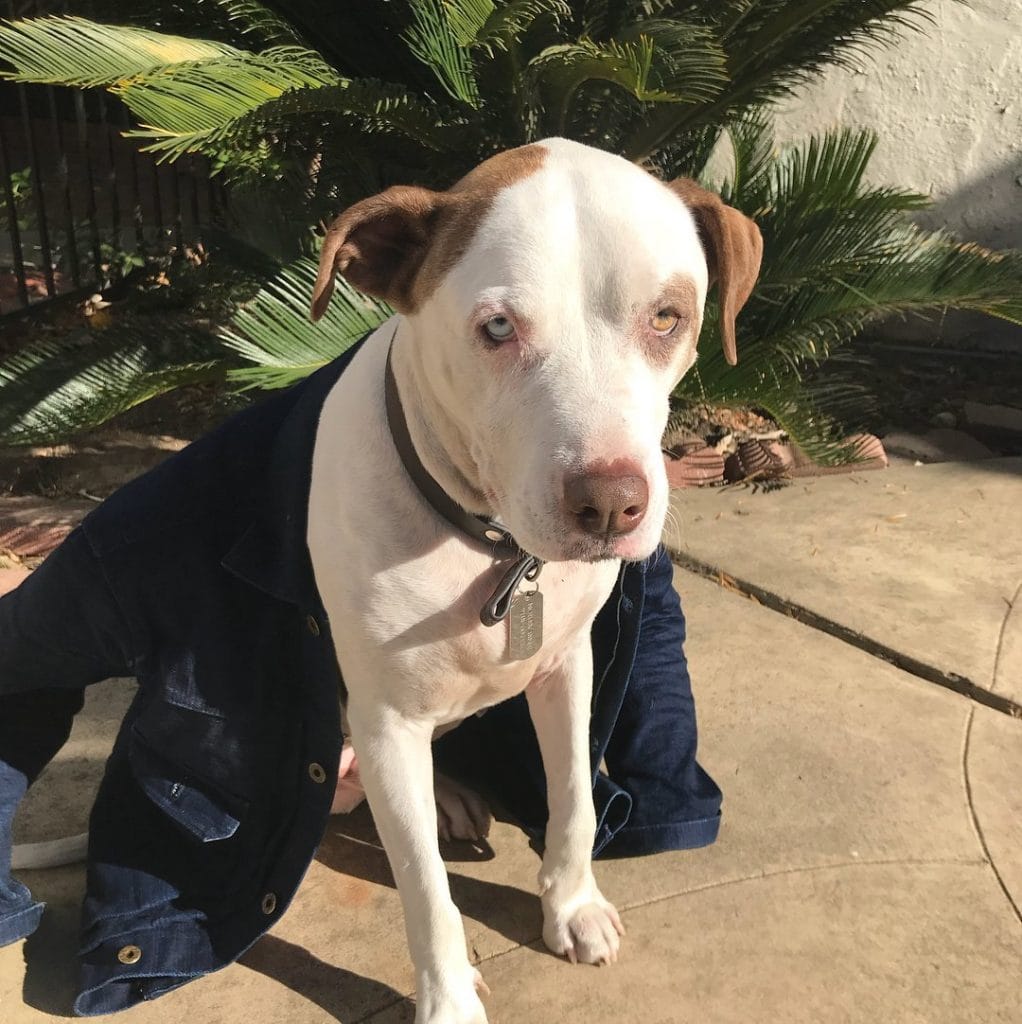
Grooming and Maintenance
Proper grooming and maintenance are integral to Pitsky care. Pitskies require regular grooming that varies based on their coat type, where those with a Husky-like coat need more frequent care. Pitskies with a thick Husky coat require brushing nearly every day and experience seasonal shedding with two significant blowouts a year. On the other hand, Pitskies with a short coat inherited from the Pitbull parent have fewer grooming needs compared to those with a Husky-like coat.
Beyond coat care, a comprehensive grooming routine for a Pitsky includes cleaning their ears, brushing their teeth daily or every other day, and maintaining trimmed nails. Keeping up with these aspects of grooming not only keeps your Pitsky looking good, but it also helps maintain their overall health.
Grooming Routines for Double-Coated Breeds
Pitskies can inherit a thick, double coat from their Husky parent or a short coat from their Pit Bull parent, contributing to a diverse range of physical appearances. The coat texture of a Pitsky is largely determined by the dominant gene inherited from either the Husky or Pit Bull side of their lineage.
Frequent brushing is recommended for Pitskies, especially those with a double coat, to manage shedding and maintain coat health. A deshedder is an essential tool for owners of a double-coated Pitsky to effectively manage shedding cycles and remove loose undercoat.
Dental, Nail, and Ear Care
Dental care is a crucial part of your Pitsky’s grooming routine. While specific dental care practices for Pitskies are not explicitly mentioned, general canine dental care should still be applied. This means brushing your Pitsky’s teeth regularly to prevent dental diseases.
Routine trimming keeps a Pitsky’s nails short, which is vital for their foot health and overall comfort. Regular inspection and cleaning of a Pitsky’s ears are also crucial in preventing infections. These aspects of grooming, although often overlooked, play a significant role in maintaining your Pitsky’s overall health.
Behavioral Traits and Compatibility
Inherited from their affectionate and loving parent breeds, Pitskies display a mix of energetic, loyal, and playful behaviors. They are known to be excellent family dogs and enjoy children. However, they are best suited for homes with older children who can interact appropriately with the dog.
While Pitskies are generally friendly, they may display aggression toward other dogs, particularly between two unneutered males. But with proper training and socialization, they can coexist with other household pets. Ideal owner traits for Pitskies include having previous dog experience, the ability to provide disciplined training, and leading an active lifestyle.
Is the Pitsky Right for Your Family?
Due to their high energy levels and potential for rough play, Pitskies are best suited for families with older children. They are adaptable to various family dynamics but thrive with experienced pet parents or families that understand the needs of active and vibrant dogs like Pitskies.
Remember, owning a Pitsky is a long-term commitment. It’s not just about finding the right dog for your family but also being the right family for the dog. So, if you’re an active family that can cater to the Pitsky’s needs for engagement, exercise, and mental stimulation, this breed could be a perfect fit for your family.
Coexistence with Other Animals
Pitskies have a high prey drive inherited from both the American Pitbull Terrier and Siberian Husky, which can manifest as a desire to chase smaller animals. Therefore, if you have other small pets at home, you’ll need to take extra precautions when introducing a Pitsky to the household.
Due to their high prey drive, Pitskies may require careful introduction and supervision around other pets, especially smaller ones. Owners should use controlled environments and proper training techniques to ensure the Pitsky interacts safely with other animals. Remember, a well-socialized Pitsky is a happy and well-behaved Pitsky.
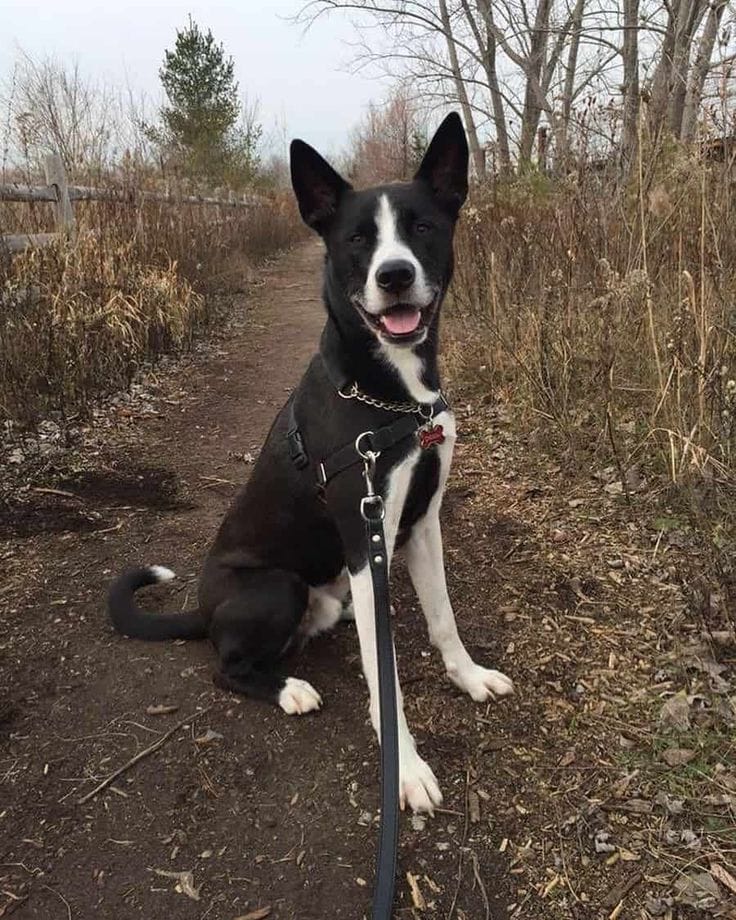
Finding Your Pitsky: Adoption and Breeders
It is generally advised to adopt a Pitsky for your family rather than purchasing from a breeder. Not only does adoption give a deserving dog a loving home, but it also helps curb the problem of dog overpopulation. The cost to purchase a Pitsky from a breeder can range from $200 to $2,000, making adoption a more economical option.
In the following subsections, we will delve into the path to adoption and how to choose a responsible breeder if you do decide to purchase a Pitsky.
The Path to Adoption
Choosing to adopt a Pitsky from a shelter or rescue group could be more cost-effective than buying from a breeder. The average adoption fee for a Pitsky in a rescue setting is around $200. This fee usually includes initial veterinary care, including vaccinations and sometimes even spaying or neutering.
In contrast, the cost of buying a Pitsky from a breeder ranges from $500 to $1,000 on average. And that’s not including the ongoing costs of veterinary care and other essentials. So, if you’re considering adding a Pitsky to your family, why not give adoption a thought? It’s a win-win situation – you give a dog a loving home, and in return, you gain a loyal companion.
Choosing a Responsible Breeder
Should you opt to buy a Pitsky from a breeder, selecting a reputable one is imperative. A responsible breeder should have detailed records of their breeding stock, including health clearances for genetic conditions common to pitbulls and huskies such as hip dysplasia. This transparency ensures that you’re getting a healthy puppy.
Reputable breeders of purebred dogs will allow potential buyers to visit and see the conditions in which the puppies and parent dogs live. This reinforces transparency and allows you to ensure that the animals are treated well. Responsible breeders also play a significant role in a puppy’s early life by providing initial vaccinations and health screenings.
Lastly, reputable breeders offer health guarantees and are available for aftercare support to address any concerns new owners might have regarding the puppy’s health. By choosing a responsible breeder, you’ll be confident knowing that your Pitsky puppy has had the best start in life.
Enrichment Activities for Intelligent Dogs
In addition to being high-energy dogs, Pitskies are also remarkably intelligent. This intelligence, coupled with their playful nature, means they need plenty of mental stimulation. Interactive toys with hidden treat pockets and sounds engage a Pitsky’s senses and provide crucial mental stimulation.
Food puzzles and interactive dog toys can also aid with:
- Memory
- Problem-solving
- Alleviating stress
- Managing eating pace
Obedience training sessions can also be mentally stimulating for a Pitsky, doubling as entertainment and education. Without proper exercise and enrichment, Pitskies may become bored and develop destructive behaviors as an outlet.
Puzzle Toys and Games
When it comes to puzzle toys and games, the Kong Extreme and Nina Ottosson Dog Brick are specifically suitable for mentally stimulating a Pitsky. These toys provide a fun challenge for your Pitsky and keep them engaged for hours.
Puzzle toys incorporating crinkle paper and squeakers, along with treat-hiding interactive toys like a baguette-shaped toy with hidden pockets, cater to the Pitsky’s playful nature and problem-solving abilities. Snuffle mats and toys where dogs have to search for treats provide sensory and mental enrichment, while also slowing down their eating for better digestion. Some recommended toys for Pitskies are:
- Puzzle toys with crinkle paper and squeakers
- Treat-hiding interactive toys with hidden pockets
- Snuffle mats
- Treat-dispensing toys for mental enrichment and slow eating
These toys will keep your Pitsky entertained and mentally stimulated.
Training for Mental Engagement
Pitskies are intelligent, which simplifies the training process and facilitates their mental engagement during workouts. Dog tricks such as ‘sit pretty,’ ‘roll over,’ and ‘close the door’ present mental challenges for Pitskies and help lengthen their attention spans while improving behavior.
Besides traditional training methods, advanced techniques can also be useful for training a Pitsky. For example, halting and counting when the dog starts to pull on the leash provides immediate feedback on their behavior. Modifying training methods to align with the Pitsky’s physical stature and preferred rewards boosts their mental engagement during activities.
Managing Separation Anxiety in Pitskies
As with many breeds, Pitskies can experience separation anxiety. This can manifest through several distressing behaviors such as:
- Excessive barking
- Scratching
- House soiling
- Excessive vocalization
These behaviors can lead to behavioral problems, aggression, destructive behaviors, or severe anxiety. Ample training and socialization of Pitskies are critical to prevent severe separation anxiety.
Creating a special sleeping space that mimics a puppy’s nesting experience can help Pitskies feel secure and stress-free when their owner is not present. Some tips for creating a comfortable sleeping space for your Pitsky include:
- Providing a cozy bed or crate with soft bedding
- Using a blanket or shirt with your scent to provide comfort
- Adding a few toys or chew treats to keep them occupied
In addition to creating a comfortable sleeping space, you can also utilize calming sprays and treats, such as Zen Chews, to help manage and alleviate symptoms of separation anxiety in Pitskies.
Creating a Safe and Comforting Environment
Providing a separate sleeping area designed for comfort when the Pitsky is left alone can alleviate separation anxiety. Calming dog beds that simulate a puppy’s nesting experience can make Pitskies feel more secure and comfortable when their owner is away.
Using calming dog sprays can also contribute to creating a more relaxing environment for a Pitsky in their separate sleeping area. Such measures can help manage your Pitsky’s separation anxiety and ensure they feel safe and comfortable, even when you’re not around.
Routine and Anxiety-Reducing Techniques
Calming music and specific scents like lavender can create a relaxing environment and are effective techniques for soothing an anxious Pitsky. Playing instrumental music and using a lavender calming dog spray when the owner is away can help reduce a Pitsky’s stress levels.
Some Pitskies may also benefit from Calming Dog Chews that contain natural ingredients such as colostrum, L-theanine, and thiamine. These can provide comfort and mitigate anxiety in Pitskies.
Moreover, establishing a consistent routine with familiar activities and products can aid in reducing anxiety and providing a sense of security for a Pitsky.
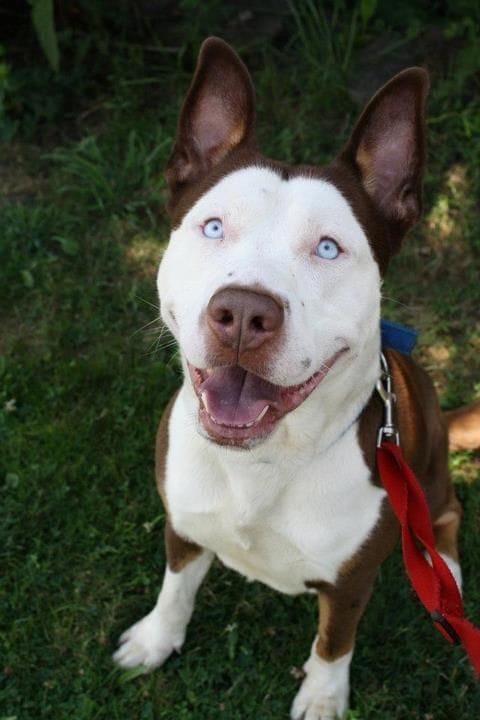
Summary
In conclusion, Pitskies are an amazing blend of the playful Siberian Husky and the loyal American Pitbull Terrier. This hybrid breed brings together the best of both worlds, embodying the playful energy, loyalty, and affectionate nature of its parent breeds. Their high energy, intelligence, and friendly disposition make them a joy to have around.
However, owning a Pitsky is a commitment. They require regular exercise, mental stimulation, and a healthy diet to stay in their best shape. They also need regular grooming and healthcare to ensure their well-being. With the right care, training, and socialization, a Pitsky can make a wonderful addition to any active family.
Frequently Asked Questions (FAQs)
- What is a Pitsky's temperament like?
- Pitskies have a playful and loyal temperament, being generally friendly and affectionate. However, they can also be stubborn at times.
- What are the common health issues in Pitskies?
- Pitskies may inherit health issues like hip dysplasia, allergies, eye conditions, hypothyroidism, and heart problems. Regular vet check-ups are important for monitoring and managing these conditions.
- How much exercise does a Pitsky need?
- Pitskies have high exercise needs, requiring at least 60 minutes of walking daily and two long walks, along with playtime in a secure area. They enjoy activities like running, playing, and hiking.
- How should I groom my Pitsky?
- To groom your Pitsky, you should follow a regular grooming routine tailored to their specific coat type, such as daily brushing for those with a Husky-like coat and regular ear cleaning, teeth brushing, and nail trimming for all Pitskies. This helps keep them healthy and looking good.
- Can a Pitsky live with other pets?
- Yes, Pitskies can live with other pets, but they may need careful introduction and supervision, especially around smaller animals. With proper training and socialization, they can coexist peacefully.




